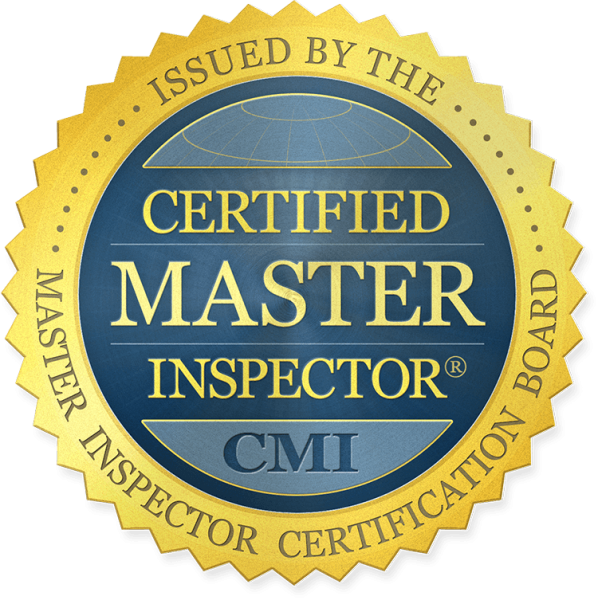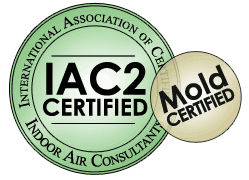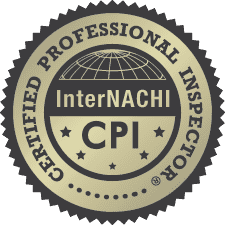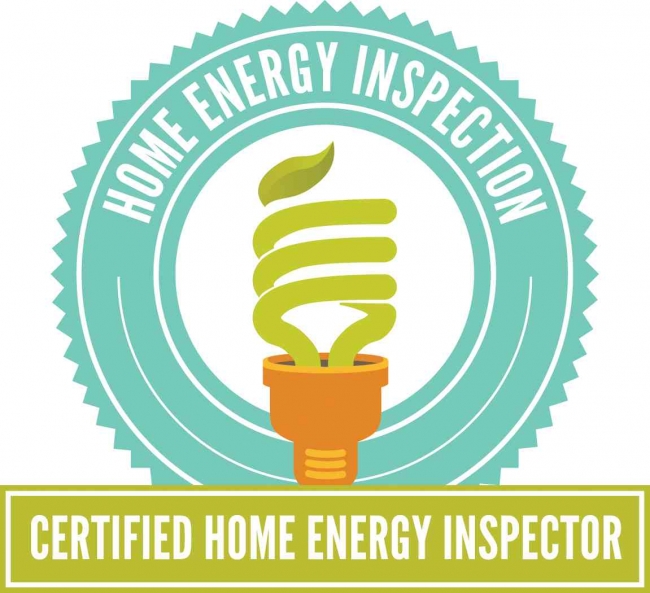Charleston Home Inspector discusses ice dams
This time of year, in this part of the country, my Charleston Home Inspections can produce some fantastic scenery. Snow covered mountains, fluffy white forests floors, and ice covered trees. Among scenes that appears magical are the long icicles hanging off the gutters and eaves of many homes. Unfortunately, this beautiful scene actually indicates underlying problems in the home, and produces costly repairs for homeowners. This is pointed out during the home inspection.
Icicles are caused by ice dams. Ice dams are caused by the upper part of the roof warming enough to melt snow, which runs down to the cold eaves (overhangs) and re-freezes, creating a dam. Pools of water collect behind the dam and run over it, forming icicles. That's the best scenario should an ice dam occur on your roof. The other scenario is the water backs up under the shingles, exposing the roof to leak, rot, and deteriorate. That can be expensive. And that's not all. The water can seep into wall cavities unnoticed, and, over time, can produce mold, mildew, compressed wall insulation, and peeling paint.
There are a few ways to prevent ice dams, and these costly repairs. First, believe it or not, keep your roof cold. That way, the snow will dissipate slowly without producing large amounts of water. Keep the roof cold by ensuring that gaps around light fixtures, attic access holes, and ceiling ductwork are sealed, keeping warm air in your house and out of the attic. Secondly, make sure the attic is well ventilated. That way, warm air entering the attic is quickly cooled by the cold air entering. Make sure the insulation is not stuffed into the eaves, but it should go past the interior wall, and have at least a 2 inch air gap from the roof's underside. Some remodelers believe that allowing warm air in the attic prevents snow build up on the roof. While this may be true, since it will melt the snow, the eaves are not heated and will cause ice dams to form.
Sometimes attic vents and ridge vents may become blocked or covered with snow, which prevents the necessary ventilation. Raking or brushing them off can be dangerous, so it's best to use an extension handle on the tool and stay on the ground or on the ladder.
So enjoy some hot cocoa. Wrap yourself in a blanket, and stay warm this winter. But make sure your attic and roof stay cold. Your home's health, and your wallet will appreciate it.
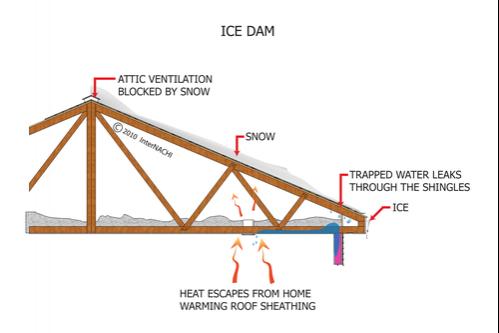
Michael Clark, owner of Inspection Connection, is a Certified Home and Commercial Building Inspector serving St Albans, Charleston, Hurricane, and the surrounding areas of West Virginia.
![]()

